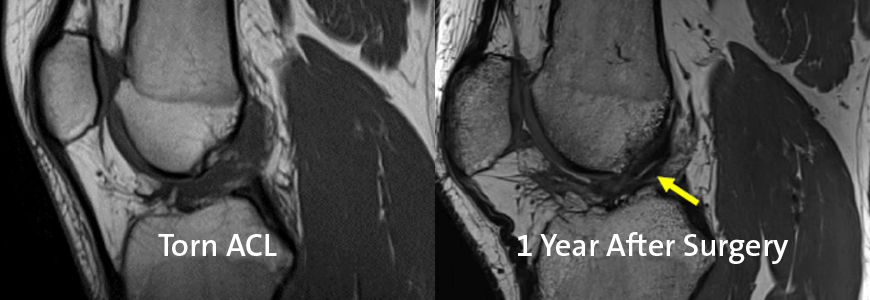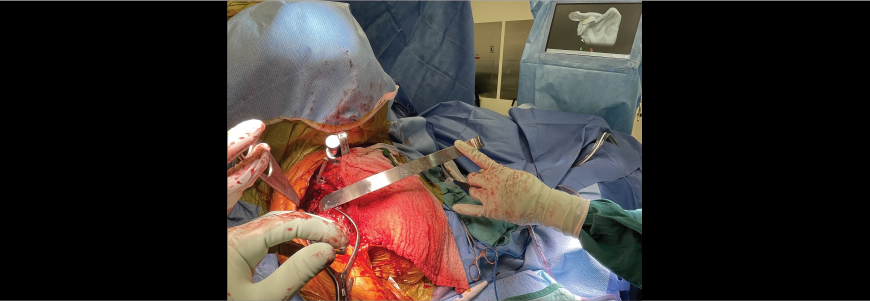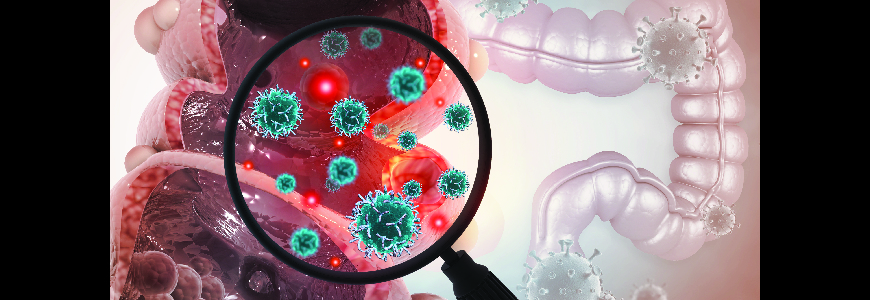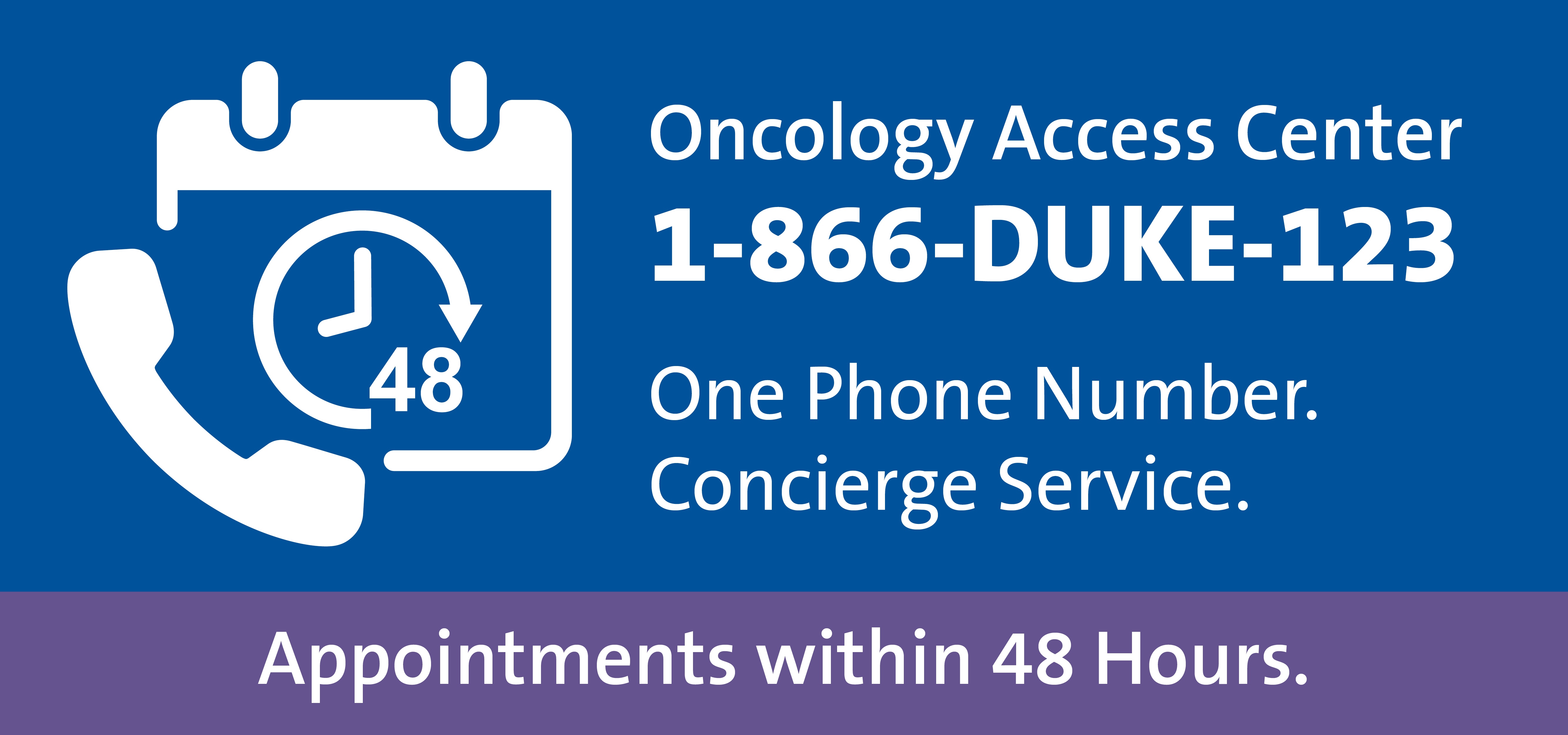Tim Pittman
Articles by Tim Pittman

Neurology & Neurosurgery
An increasing number of patients under age 60 report persistent inattention, impaired executive function, and memory difficulties following COVID-19—a constellation of symptoms described as “brain fog,” according to recent study published in Case Reports in Neurological Medicine.
The analysis involving patients at the Duke Memory Disorders Clinic (MDC) was designed to help specialists better understand the neurological severity of long COVID, says Andy Liu, MD, MS, a Duke behavioral neurologist, and senior author. Thomas J. Farrer, PhD, a Duke Neurology faculty member, was a co-author.
The MDC study assessed patients’ long-term neuropsychological symptoms, neuropsychological test results, and brain MRI findings after infection with SARS-CoV-2 in a cohort of patients under the age of 60. Thankfully, the symptoms usually diminished over time, the authors reported.
However, if symptoms persist for three to six months following the acute phase of COVID-19, Liu recommends that patients be referred for neurological assessment and treatment.
The analysis involving patients at the Duke Memory Disorders Clinic (MDC) was designed to help specialists better understand the neurological severity of long COVID, says Andy Liu, MD, MS, a Duke behavioral neurologist, and senior author. Thomas J. Farrer, PhD, a Duke Neurology faculty member, was a co-author.
The MDC study assessed patients’ long-term neuropsychological symptoms, neuropsychological test results, and brain MRI findings after infection with SARS-CoV-2 in a cohort of patients under the age of 60. Thankfully, the symptoms usually diminished over time, the authors reported.
However, if symptoms persist for three to six months following the acute phase of COVID-19, Liu recommends that patients be referred for neurological assessment and treatment.
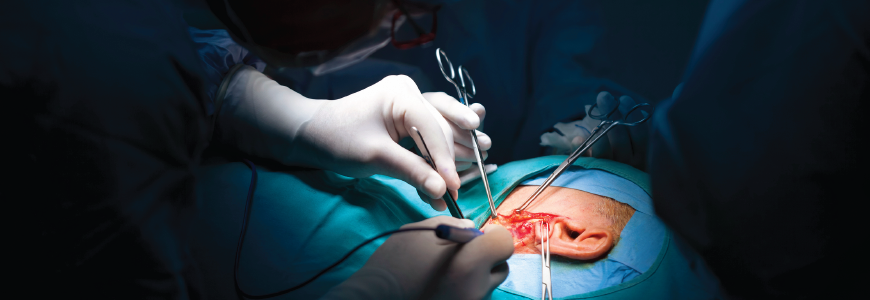
Otolaryngology
Duke Health’s Head Neck Surgery & Communication Sciences Department has incorporated the latest diagnostic and treatment options for patients with superior semicircular canal dehiscence syndrome (SCDS), a balance and hearing condition diagnosed more frequently in recent years as awareness of the syndrome increases.
The condition is also the subject of increasing social media attention and patient advocacy. As a result, patients present more frequently with questions and concerns about the disorder.
An uncommon but well-recognized cause of dizziness and auditory symptoms, SCDS is a challenging condition to diagnose accurately, says Eric J. Formeister, MD, MS, a head and neck surgeon, neurotologist, and otologist. The diagnostic challenge is a key reason Formeister encourages physicians to consider a referral for patients whose symptoms are not clear.
Formeister joined Duke after a fellowship with John P. Carey, MD, chief of Otology, Neurotology, and Skull Base Surgery at Johns Hopkins School of Medicine. Within the SCDS patient and advocacy community, Carey is recognized as a pioneer in diagnosis and treatment of the condition.
Despite the increasing attention among patients and advocates, particularly on social media, Formeister says that incidence of new SCDS diagnoses remains relatively low. Radiographic prevalence indicates that dehiscence of the superior canal occurs in approximately 1-3 % of the general population. The prevalence of the actual syndrome, however, is unknown.
As the index of suspicion increases among otolaryngologists, an increasing number of patients require timely and comprehensive diagnosis and management. Duke otolaryngology specialists are expanding their SCDS practice to respond to this interest and to help referring clinicians.
To guide referring physicians treating patients who present with symptoms of SCDS or an auditory disorder with similar characteristics, Formeister answered several questions about the presentation and its characteristics.
The condition is also the subject of increasing social media attention and patient advocacy. As a result, patients present more frequently with questions and concerns about the disorder.
An uncommon but well-recognized cause of dizziness and auditory symptoms, SCDS is a challenging condition to diagnose accurately, says Eric J. Formeister, MD, MS, a head and neck surgeon, neurotologist, and otologist. The diagnostic challenge is a key reason Formeister encourages physicians to consider a referral for patients whose symptoms are not clear.
Formeister joined Duke after a fellowship with John P. Carey, MD, chief of Otology, Neurotology, and Skull Base Surgery at Johns Hopkins School of Medicine. Within the SCDS patient and advocacy community, Carey is recognized as a pioneer in diagnosis and treatment of the condition.
Despite the increasing attention among patients and advocates, particularly on social media, Formeister says that incidence of new SCDS diagnoses remains relatively low. Radiographic prevalence indicates that dehiscence of the superior canal occurs in approximately 1-3 % of the general population. The prevalence of the actual syndrome, however, is unknown.
As the index of suspicion increases among otolaryngologists, an increasing number of patients require timely and comprehensive diagnosis and management. Duke otolaryngology specialists are expanding their SCDS practice to respond to this interest and to help referring clinicians.
To guide referring physicians treating patients who present with symptoms of SCDS or an auditory disorder with similar characteristics, Formeister answered several questions about the presentation and its characteristics.

